Biointerface Lab
Our primary area of interest is the broad application of soft nanomaterials to engineer devices which monitor, mimic or augment biological function. Specific topics of research include wearable and implantable biosensors, organ-on-chip models and human-machine interfaces.


